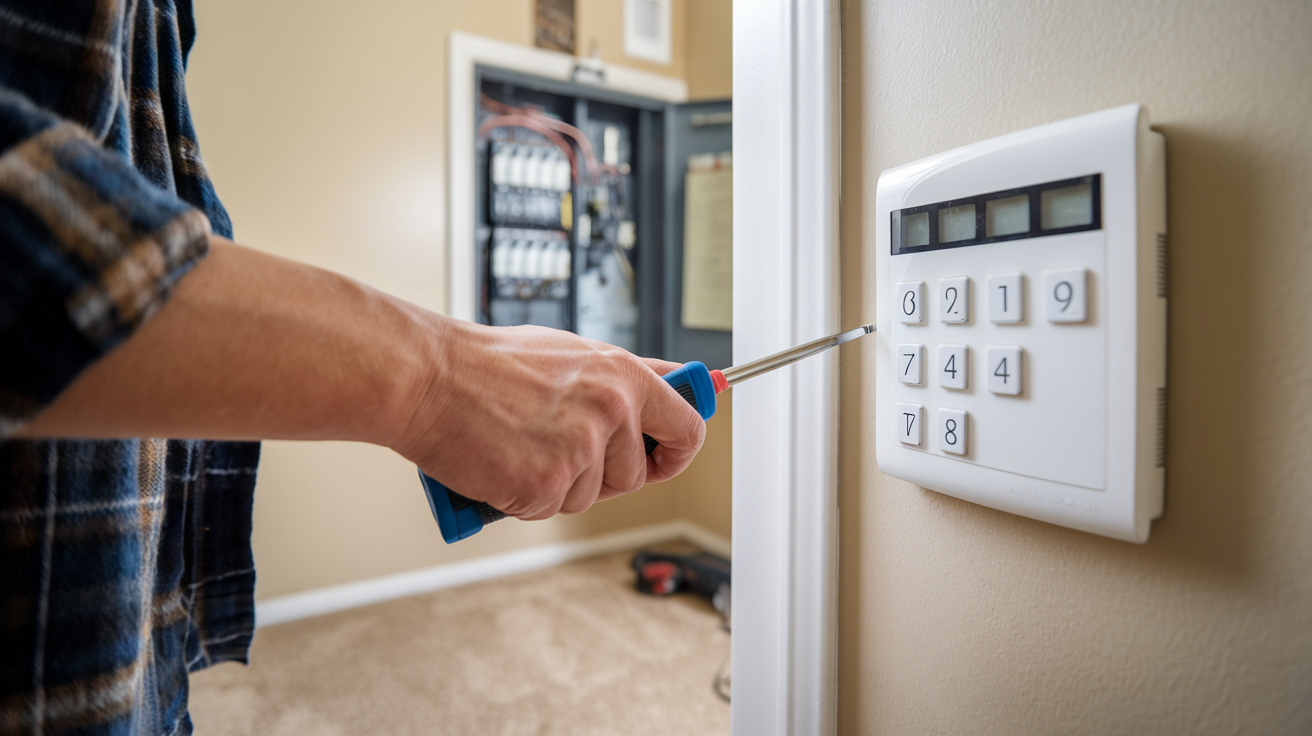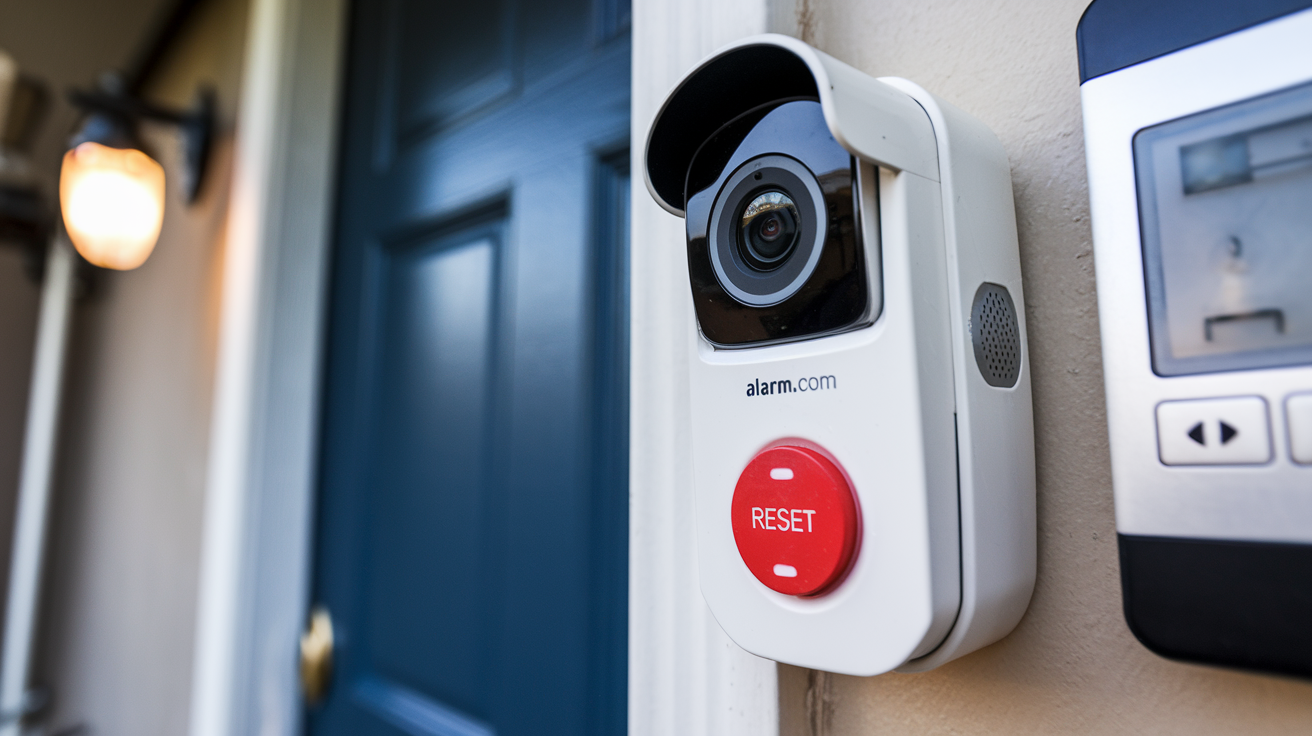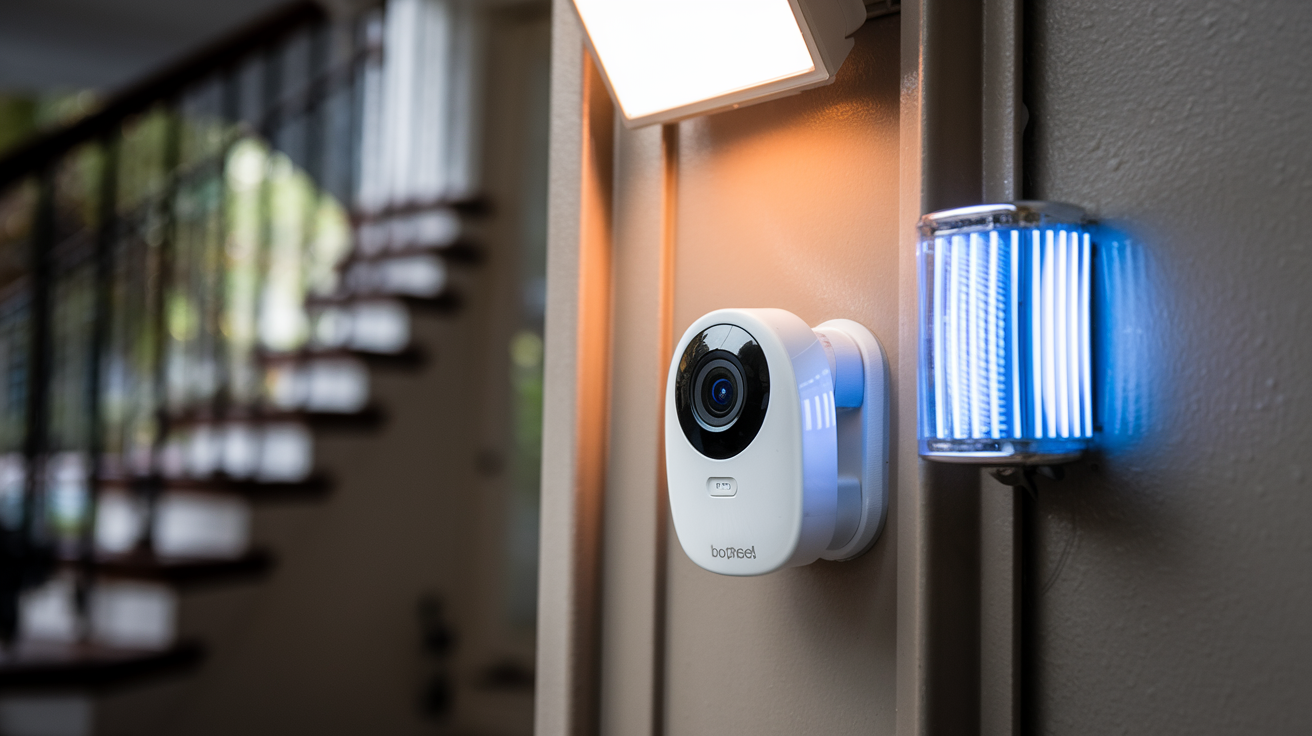Since people get out of a Home Security System installed, you will be required to disengage it before you leave. Active home alarm systems are meant to alert of intrusions and other calamities; therefore, leaving such an active system may cause alarms to be raised and emergency response to be initiated when it is not warranted. This way you do not have to pay for the usage that you are not going to make and the new occupants will connect it in their way when they move in.
To cancel a home alarm system there are common procedures prevailing for all models and security companies but there are some general steps that can be followed in standard procedure.
Notify Your Monitoring Company The first thing you need to do is contact your alarm monitoring company and inform them of your decision to cancel your service and remove your alarm system. Inform them of the date on which you will disconnect them so they can stop monitoring at the said date. This will make sure there are no false alarm events left behind once you vacate the premises.
Remember that most firms give 30-60 days' notice of cancellation so you should look ahead. It is also the final notice period, and you may be required to make monthly monitoring charges during this period. If so, inquire whether there are any further conditions to the closure of your account. A written confirmation of the disconnection date must be provided and kept on file.
Gather Documentation and Equipment However, if you lost the paperwork and equipment of your home alarm system, approach the installing security company. You'll need to gather some important items before disconnecting:
- City Alarm Permit – If your system needs a city alarm permit, then you might have to fill out some papers to cancel it. Contact your city office to know the requirements that are essential for your area. The alarm company can also assist you with permit closure.
- Alarm Codes – You will need electrical codes to switch off the system during the disconnection. Ensure that you have the codes for different user levels including master, user, duress, etc. Change the codes if you do not remember them.
- User Manuals – Reference manuals contain detailed descriptions of how to disconnect different systems. You may be able to find the manuals at the alarm company if you do not have hard copies of the documents.
- Keys or Tools – Certain sections of alarms and junctions contain locks, with special keys needed to access them. Screwdrivers, wire cutters, pliers, or wrenches may be required to complete a specific task. If you do not have the equipment then contact the installer.
Shut Off Electric Power In case of stopping wires, always switch off the alarm system starting with the circuit breaker main electrical panel. This helps to avoid short circuits and potential harm to the components of the devices. If you are using the backup battery, find the battery and remove that also.
Remove Telephone and Cellular Communicators Your alarm system transmits signals to the monitoring center via phone lines and or cellular communicators. To take these offline:
Landline Phone Connections
- Remove the RJ31X jack connector from the phone line wall outlet
- If you are not going to modify the RJ31X connector, cut off all wires that are connected to the connector.
- Take out any short phone jumper cables reconnecting wall outlets
Cellular Radio Communicators
- Remove cellular radio equipment power cords from the outlet
- Detach equipment antennas and dismantle them from external surfaces
- Some units have built-in antennas – These are open cases, therefore disconnect them.
That way, the alarms to the monitoring company are silenced while normal phone use in the house is not interrupted.
Detach Sensors and Peripherals Your home alarm comprises of some sensors and detectors that connect back to a main control panel. Start detaching those connections:
- Motion detectors for indoor and outdoor zones
- Doors and windows entry contacts
- Glass breakage or flood sensors
- Fire/smoke or carbon monoxide protection of the environment
- Video surveillance and intercom systems
- Panic buttons and keypad controllers are other forms that may allow access to the house for a limited period.
Step by step, move through the entire house including the basements, the attic space, and the garage areas, and remove each sensor. Remove contacts by unscrewing terminals or clipping off wires. Make certain that no cables are connected to the alarm junction boxes.
Unplug Control Panel Power Supply The main control panel supervises the alarm.
- Gently open the control panel housing and find out the input power wires.
- Decode the polarity of the wires, it is often red for positive and black for negative.
- Remove the wire from the power terminals by unbending the terminals, and twisting the connector blocks.
- If one exists, then disconnect the backup battery pack in the same manner.
When the panel does not have its operating power, it ceases to function. Some models may have power switches; however, it is better to disconnect the wires if that is possible.
Close Out Your Account Finalize any loose ends with your alarm company regarding closing the account for monitoring. Return any rented equipment such as modems, etc as per the agreement made with the company. Obtain written documentation that monitoring is stopped and keep it on file for future homeowners.
The new owners should be given manuals on how the house is run, and other codes to enforce if necessary. This way they have the opportunity of reactivating the dormant system once they move in. However, make sure all components are disconnected and the machine turned off before giving the keys.
If done carefully and patiently, the removal of a home alarm system is not an arduous task because it involves step-by-step disconnection of the alarm system. These guidelines allow you to cut off monitoring without setting off alarms or facing penalties. It is important to carry out each of the steps diligently and to the later stage so that the system is shut down effectively and prepared to welcome the next homeowners.
Protect your home today with ADT’s top-rated security solutions!
Call now at +1 877-470-7879 to get a free consultation and find out how you can secure your home with the best in the business. Don’t wait—ensure your peace of mind with ADT!






